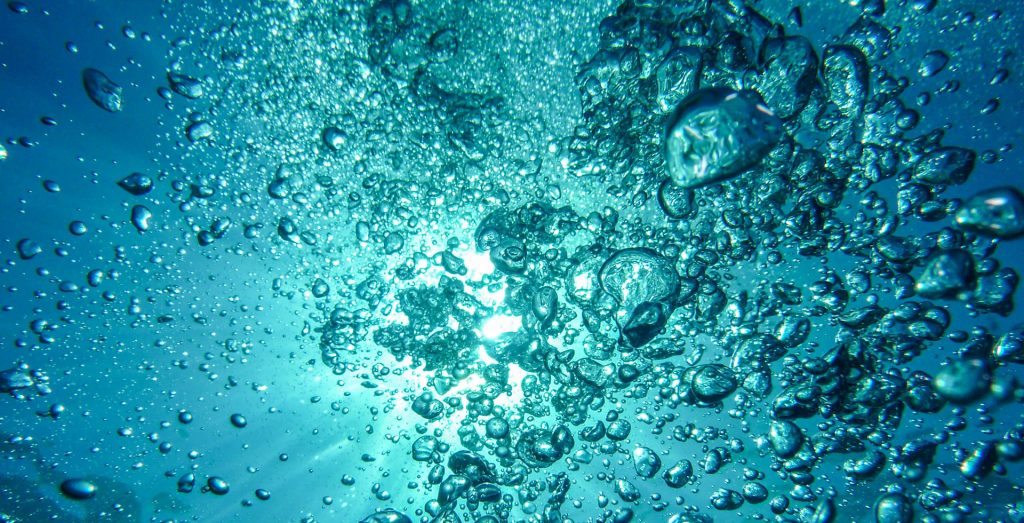Are special water treatments suitable for daily drinking water supply?
The question of whether alkaline water and water with dissolved hydrogen (electrolysis) are suitable for daily drinking water supply should be evaluated according to biological and physiological criteria. If special water treatment processes are used for therapeutic purposes in the short term, that is a different matter.
For thousands of years, nature has been answering our questions about what chemical and physical properties drinking water should have with a pH value of 6.4 to 6.8, a redox value (rH2) of 26 to 28 and a resistance of more than 6,000 ohms. An optimal drinking water comes from uncontaminated springs and rivers, rain or melt water. We deal with the energetic qualities and criteria of drinking water separately.
High pH value should help against hyperacidity
In various devices that produce alkaline water or “active water”, a pre-filter is usually used and electrolysis process that shifts the pH towards 9. The “dissolved hydrogen” docks onto the remaining electrolyte, resulting in a redox potential of rH2 = 3-6.
The reasoning sounds plausible at first, since the “overacidification” is to be reduced by the basic water. In addition, the very low redox value is supposed to neutralize the increasingly present free radicals in the body.
More gastric acid due to increased water pH?
Water enters the stomach after drinking, where special cells produce “hydrochloric acid”. The stomach is very intelligent and produces just enough gastric acid to reach a very specific pH (below 3) for onward transmission to the small intestine. Now, if water is drunk with a pH of 9 instead of 7, the special cells must produce more hydrochloric acid to achieve the pH to open the “floodgates” to the small intestine.
Conclusion: The more basic the pH value is, the more acid the special gastric cells produce, which in the long run can certainly also lead to exhaustion of these cells.
“Hydrogen water” for the reduction of free radicals?
The most effective way for the body to neutralize free radicals are antioxidant enzymes, which are multiple electron carriers. These are formed exactly where the damage occurs: inside the cells and inside the mitochondria. The idea of supplying greatly reduced water to neutralize free radicals in the cells/mitochondria is very reminiscent of drug therapy, but does not take into account the complex regulatory processes in metabolism.
An unbiological and non species-appropriate diet (fast food) cannot be neutralized by drinking alkaline water or “hydrogen water”!
The function of water is not to alkalize the pH of the blood – this is largely done by the food supplied and its metabolism. Alkaline-forming foods, however, which have an acidic pH value, are responsible for balancing the acid-base equilibrium. As described under tasks of water, water has a transport and purification task in the body. The purifying effect suggested by drinking “active water” is not fully comprehensible from a biological and physiological point of view. Nevertheless, drinking “active water” or changing drinking habits can lead to effects – whether these are sustainable remains to be seen.
With regard to the neutralizing properties of “active water”, the question arises: should it be drunk by the liter every day as food or as a therapeutic agent under the observation of a therapist over a limited period of time?
Acidosis is not due to water alone
Conclusion: Instead of attributing tasks in the body and metabolism to alkaline water or “active water”, which are not the task of drinking water at all, the problem of excessive oxidative processes in the body should be better countered by an alkaline-surplus diet, exercise, stress-reducing realistic goals, positive psychosocial influences and, of course, sufficient pure drinking water. In the search for a “panacea”, drinking water as the most important food should not be taken to extremes technologically and through marketing.

